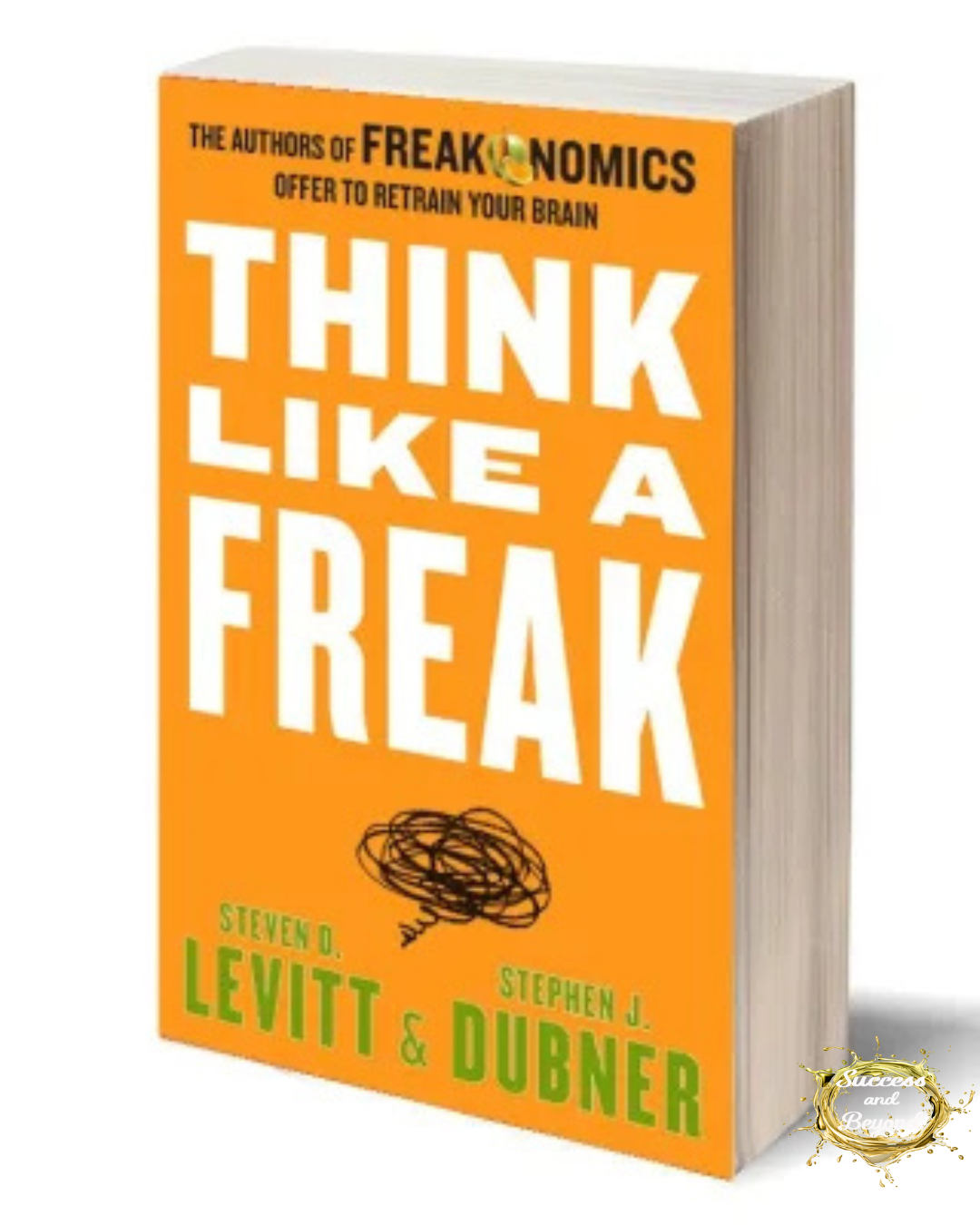Discover the key lessons from Think Like a Freak by Stephen J. Dubner and Steven Levitt. Learn how to think differently, solve problems creatively, and apply these insights to achieve personal and professional success.
Book Summary: Think Like a Freak
The BookWorm’s Corner: A Peek Into My Reading Life
This book is a refreshing exploration of how to approach problems with creativity, curiosity, and a willingness to challenge the status quo—a mindset that resonates deeply with my passion for performance excellence and leadership development.
Summary
In Think Like a Freak, Dubner and Levitt expand on the principles introduced in their bestseller Freakonomics. They argue that solving complex problems requires a shift in thinking—one that prioritizes curiosity, unconventional approaches, and a willingness to embrace failure. The book is structured around several key principles:
- Think Small: Big problems are often solved by breaking them down into smaller, more manageable pieces.
- Challenge Conventional Wisdom: Just because “everyone knows” something doesn’t mean it’s true.
- Incentives Matter: Understanding what motivates people can unlock solutions to seemingly intractable problems.
- The Power of Saying ‘I Don’t Know’: Admitting ignorance opens the door to discovery and learning.
- Learn to Let Go: Sometimes, the best decision is to abandon a failing strategy or idea.
- Think Like a Child: Children approach the world with curiosity and a lack of preconceived notions—traits that can be invaluable in problem-solving.
Through engaging stories and real-world examples, the authors demonstrate how these principles can be applied to a wide range of challenges, from personal dilemmas to global issues.
Practical Application
I see Think Like a Freak as a powerful tool for both personal and professional growth. Here’s how you can apply its lessons to maximize your success:
- Adopt a Beginner’s Mindset: Approach challenges with curiosity and a willingness to question assumptions. This is especially critical in leadership, where innovative solutions often emerge from unconventional thinking.
- Leverage Incentives: Whether leading a team or managing clients, understanding what motivates people can help you design strategies that drive engagement and results.
- Embrace Failure as a Learning Tool: As the authors emphasize, failure isn’t the end—it’s a necessary step on the path to success. Use failures as opportunities to gain insights and improve.
- Break Down Big Goals: Tackling large-scale objectives? Start small.
My Personal Reflection
As an organizational leader, this book affirmed my belief in the importance of challenging conventional wisdom. Whether coaching individuals or driving organizational change, I’ve found that the willingness to think differently often leads to breakthroughs. For example, as a business coach, I frequently help clients reframe their problems, which opens the door to creative solutions they hadn’t considered. The emphasis on curiosity and humility also aligns with my teaching philosophy as a professor—encouraging students to question, explore, and learn.
Take the insights from Think Like a Freak and apply them to your own life. Start by identifying one problem you’ve been struggling with, then challenge yourself to approach it differently. Break it down, question your assumptions, and, most importantly, be willing to fail and learn.
Looking to dive deeper into leadership and personal development? Follow me for more book summaries and actionable insights that fuel success.
